My application is an Angular 12 application running on ASP.Net Core 5.
I am currently trying to lock down Hangfire so that it will only work for people with the Admin role.
It uses Microsoft Identity to log in - specifically Single Sign-on, set up in Azure.
public void ConfigureServices(IServiceCollection services)
{
...
services.AddHangfire(x =>
{
x.UseSqlServerStorage(sqlServerConnectionString);
});
...
services
.AddAuthentication(JwtBearerDefaults.AuthenticationScheme)
.AddMicrosoftIdentityWebApi(Configuration);
...
}
public void Configure(IApplicationBuilder app, IWebHostEnvironment env)
{
...
app.UseAuthentication();
app.UseRouting();
app.UseAuthorization();
app.UseHangfireDashboard("/hangfire", new DashboardOptions
{
Authorization = new[] {
new HangfireAuthorisationFilter()
},
AppPath = "/"
});
...
app.UseEndpoints(endpoints => {
...
});
app.UseSpa(spa=>{
...
});
}
This works in my dot net core controllers.
All I need to do to get it to work is add the Authorize attribute:
namespace MyAppName.Controllers
{
[Produces("application/json")]
[Route("api/MyRoute")]
[Authorize(Roles="Role1,Role2,Administrator")]
public class MyControllerController: MyBaseApiController
{
...
}
}
But when I want to Authorise in Hangfire, the User object is missing a whole lot of its properties.
Here is the HangfireAuthorisationFilter:
public class HangfireAuthorisationFilter : IDashboardAuthorizationFilter
{
public HangfireAuthorisationFilter()
{
}
public bool Authorize(DashboardContext context)
{
var httpContext = context.GetHttpContext();
// the next line always fails. The User object is set. The Identity object is set
// but there are no claims and the User.Name is null. There are also no roles set.
return httpContext.User.Identity.IsAuthenticated;
}
}
There is, however, cookie information, containing the msal cookie:

How can I pass authentication information into the Hangfire Authorize method? How can I access the role information so that I can lock it down to just the Admin role? Is there a way I can decode the msal cookie server-side?